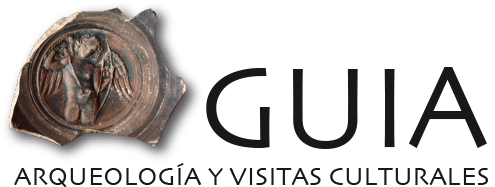Ronda is the guardian of these mountains and is situated on a plateau with magnificent views. It is a designated Conservation Area and strolling through the city we can enjoy monuments from various periods, viewing mythical places such as the Tajo de Ronda with its magnificent bridge and the Bullring.
Ronda
Amongst the Muslim architecture to be found here are the town walls and several gates, the remains of mosques such as the Minaret of San Sebastian and the Arab baths which is one of the best preserved examples of the hamman of al-Andalus. The House of the Giant is an opulent Nasrid Palace, perhaps the most impressive outside Granada.
After the Christian conquest, the city became transformed. The church of Santa María la Mayor was built on the site of the old aljama mosque by order of the Catholic monarchs. Only the archway to the mihrab remains. The Christian church has elements in various styles, since the work began in 1485 and after many vicissitudes was not completed until the end of the 17th Century.
Also noteworthy is the church of the Holy Spirit, a Gothic work with the appearance of a fortress.
The River Guadalevín (Milk river) divides the city in two and its gorge is spanned by the best known image of Ronda, the New Bridge. Built in the 18th century, this masterwork by the architect José Martín de Aldehuela is 98 metres high and allowed the connection of the modern district and market with the old town and consequently promoted its urban expansion. To supply the city with water an access was cut into the rock wall, down to the river. This is called the Mine of the Moorish King and much of the long staircase is dug from the rock itself.
The Bullring of Ronda is recognised as one of the oldest and greatest in Spain for its history and architecture. It also houses a bullfighting museum.
Nearby you can visit the Roman city of Acinipo, mistakenly called Ronda la Vieja. It occupies a plateau similar to that of Ronda, with wonderful views and a magnificent theatre.




